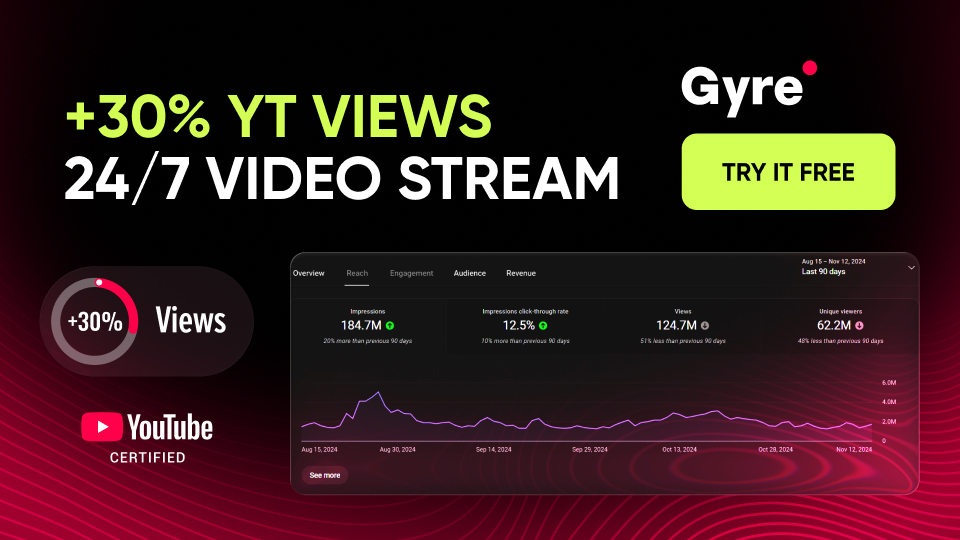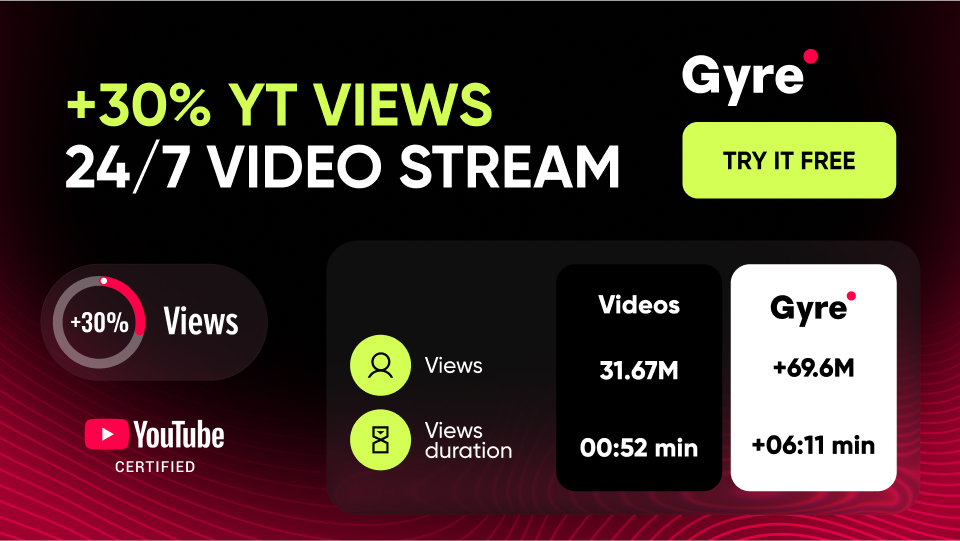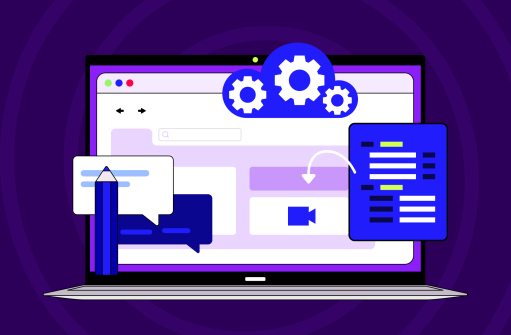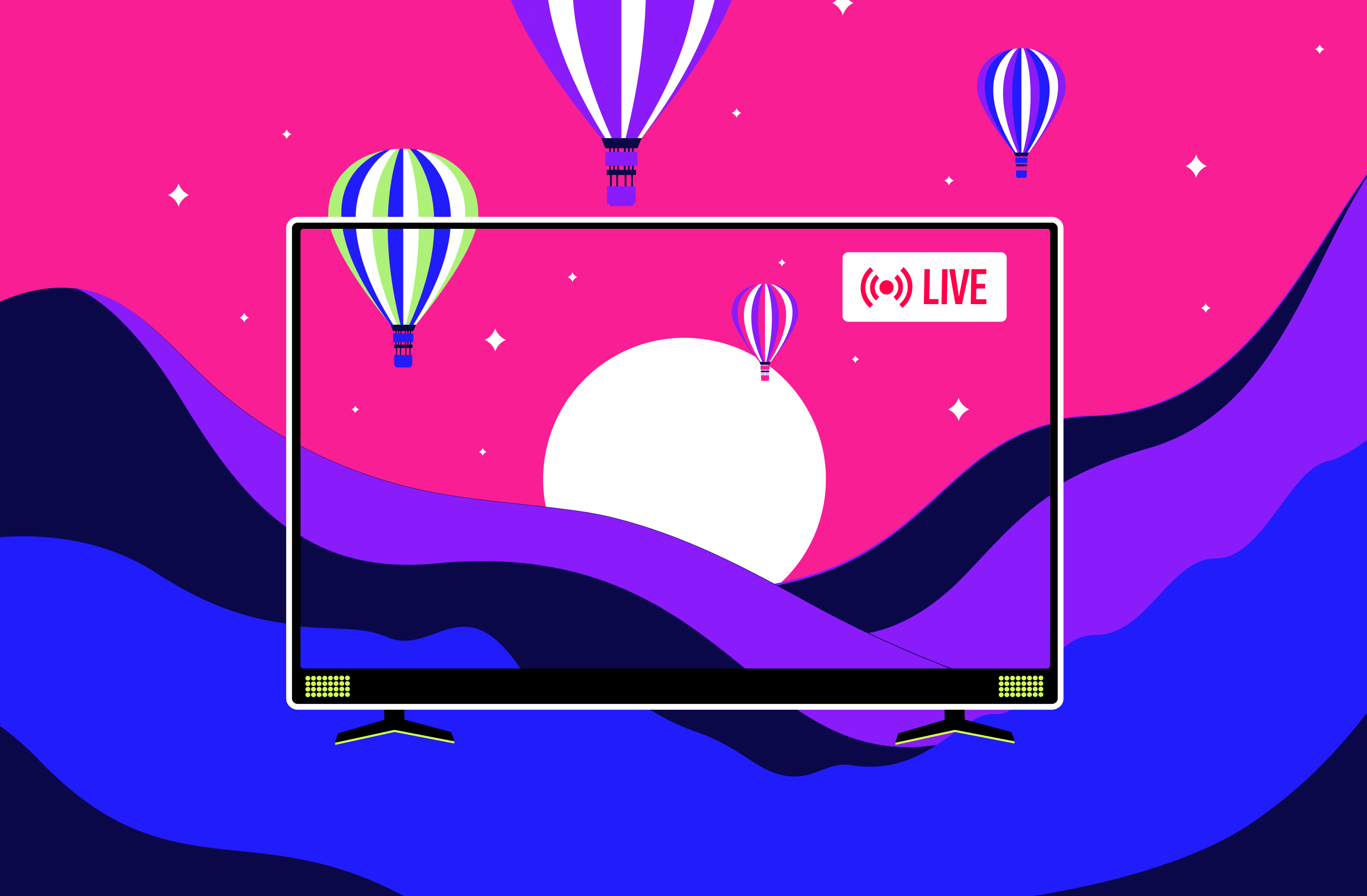Copyright Claims
A copyright claim is an automatic copyright notice from YouTube informing you that a part of your video matches existing content on YouTube. Depending on whether the owner of this duplicated content decides to file a YouTube copyright claim appeal or allow other YouTube creators to use their content freely, and it is essential to understand that:
- Such claims do not affect your channel's success rates in the long term.
- The owner of the original content may request a share of the income received by you from posting this content.
- The copyright owner can use your video for placing their ads, as well as restricting the demonstration of your video in some regions.
- The claim may be disputed depending on whether your content belongs to someone other than you.
Usually, such claims arise when the original owner of the unique content did not protect it in time by copyright or provided the opportunity for publication only in cases where those who reuse the content deduct part of the income from the copyright holder.
To automatically track these incidents, YouTube uses a Content ID system that “scans” new content for audio and video already on the platform. At the same time, each owner of unique content can set up their own YouTube Content ID system policies, which either prohibit content fragments by other authors entirely or impose on them the obligation to transfer part or all of the income received from advertising.
Copyright Strikes
As for YouTube's copyright infringement notification (DMCA), this is a more severe precedent that could lead the recipient of such notification to undesirable consequences. You may face a YouTube copyright strike counter notification when the original intellectual property owner confirms that their content was used without their permission within the YouTube platform.
It may either result in the content removal from the public domain (also known as a DMCA takedown) or require you to share the funds received from monetizing your video.
You may experience limited opportunities for live streaming and monetization if you receive a copyright infringement notification. You'll also have a chance to reclaim your reputation at the YouTube Copyright School, which takes 90 days to complete.
If we talk about YouTube copyright infringement consequences after receiving the second warning, they will imply prolonging the above troubles for another 90 days. And finally, receiving a third warning if the “punishment” after the first two have not yet expired will result in removing your channel and all the videos it contains. However, this may be just the tip of the iceberg, as copyright issues can lead to legal action.
Preventing Copyright Issues on YouTube: Tips to Avoid Copyright Infringement on the Platform
We propose to figure out how to prevent copyright strike removal on YouTube and other copyright infringement-related issues.
Exclusively Upload Original Content to YouTube
The most transparent way to avoid the problems described above is to use only media files that are your intellectual property. In particular, if your hands created all the graphic, audio, and video elements in your video, you will become the copyright owner and thus protect yourself from complaints and claims. On the other hand, this approach can be challenging to implement, as it will require specific skills to create such elements. Therefore, we have two more ways to help you prevent unwanted consequences.
Incorporate Copyright-Free Elements into Your Videos
When it comes to music and images, special stocks contain thousands of royalty-free files. Anyone can use royalty-free music and pictures without violating copyright. On the other hand, you may encounter the same music or images in someone else’s videos, so before using them, you must find out whether such situations are acceptable for your channel.
Adhere to Fair Use Guidelines
“Fair use” applies to content whose authors allow it to be duplicated for educational and non-commercial purposes. These authors share their content under Creative Commons, a special license agreement so that other creators can use it in their videos without infringing the Copyright law.
Managing Copyright Disputes on YouTube
To resolve a copyright infringement claim, you must try to dispute it. The potential copyright owner will have 30 days to respond to your copyright claim dispute. In particular, video content ownership holders can do the following:
- Cancel their claims if you prove that you have the right to use their unique content (it is a common situation when a copyright owner uses a third-party music licensing service responsible for sharing content with other creators);
- Support their claim if you cannot challenge the legality of your actions.
Regarding monetizing your videos, while the dispute continues, the money received from posting them will be credited to a separate account until the dispute is resolved. If we are talking about other consequences, if you lose, your video will be deleted, or you will be required to pay a certain amount as compensation (and after that, become a member of the YouTube partner program, which will allow you to use third-party materials legally). It is in your best interest to resolve this dispute before it comes to copyright protection litigation outside of the YouTube platform.
Also, you can always visit a YouTube copyright guidelines page to get more comprehensive information about them.
Conclusion
In general, the issue of copyright infringement can have many pitfalls, and even experienced content creators face such problems. Therefore, you better consider excluding such situations initially – for example, by using copyright-free music for YouTube. Otherwise, your carelessness can lead to harmful consequences, from removing your channel to lawsuits.







